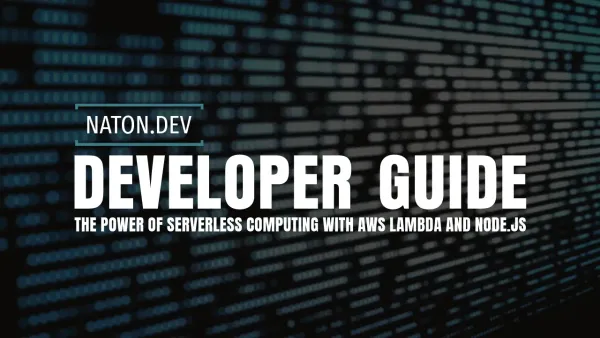Demystifying DevOps: Best Practices and Tools
Uncover the power of DevOps: Streamline your workflow, enhance efficiency, and accelerate delivery with our essential guide.

In the dynamic landscape of software development, DevOps stands as a transformative philosophy, merging development (Dev) with operations (Ops) to foster a culture of collaboration, efficiency, and faster delivery. This comprehensive guide aims to demystify DevOps for developers, offering insights into its principles, best practices, and the tools that make seamless CI/CD pipelines, automation, monitoring, and logging not just possible but highly effective.
The Essence of DevOps
At its core, DevOps is about breaking down the silos between development and operations teams. It emphasizes continuous integration (CI), continuous delivery (CD), and quick feedback loops to enable faster release cycles and more reliable software deployments. By integrating development and operations, organizations can improve deployment frequency, achieve faster time to market, and reduce the failure rate of new releases.
Introduction to DevOps Principles
DevOps principles like automation, continuous improvement, and customer-centric action guide the way teams approach software development and delivery. These principles are not just theoretical; they are practical guidelines that shape every aspect of the DevOps lifecycle, from coding and building to testing, deploying, and monitoring.
Continuous Integration and Continuous Delivery (CI/CD)
CI/CD is the backbone of DevOps, automating the software delivery process from code commit to production deployment. Continuous Integration involves regularly merging code changes into a central repository, where automated builds and tests run. Continuous Delivery automates the delivery of applications to selected infrastructure environments, making it possible to release new changes to customers quickly and safely.
Automating Deployments
Automation in DevOps extends beyond CI/CD. Automating deployments means using tools and scripts to automatically deploy applications, manage infrastructure, and execute tests. This reduces human error, saves time, and ensures that your application can be deployed consistently across different environments.
Monitoring and Logging
To maintain the health and performance of applications, monitoring and logging are critical. These practices provide visibility into the application's operational performance and help identify and troubleshoot issues in real-time. Effective monitoring and logging strategies enable teams to proactively address problems before they affect the user experience.
Selecting the Right Tools
The DevOps ecosystem is rich with tools designed to facilitate various aspects of the development and operations process. Selecting the right tools is crucial for building a DevOps pipeline that is efficient, scalable, and secure. Some popular tools include Jenkins for CI/CD, Docker for containerization, Kubernetes for orchestration, Ansible for configuration management, and Prometheus and Grafana for monitoring and logging.
Case Studies and Real-World Examples
To bring these concepts to life, our series will include case studies and interviews with DevOps professionals. These real-world examples will provide practical insights into how companies have successfully implemented DevOps practices, the challenges they faced, and the outcomes of their DevOps journeys.
Conclusion
DevOps is more than just a set of practices; it's a culture that requires commitment, collaboration, and continuous improvement. By understanding and implementing the principles of DevOps, developers can significantly enhance the efficiency and reliability of their software development and deployment processes. Stay tuned for our upcoming posts, where we'll dive deeper into each aspect of DevOps, from setting up your first CI/CD pipeline to advanced monitoring and logging techniques.
Embark on this journey with us to demystify DevOps, and transform your development and operational practices to achieve higher efficiency, better performance, and faster delivery.


